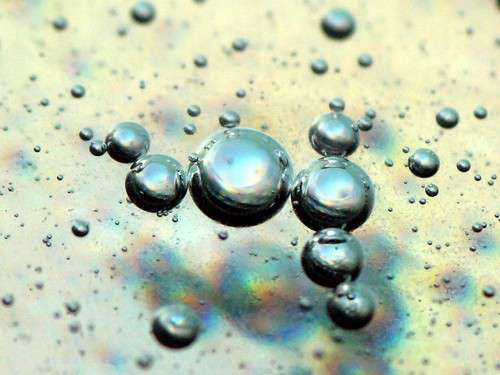
At a time when over 75% of women report dyeing their hair, hair care products formulated to improve color retention are growing in popularity. Image Source: Flickr user Faylyne
There was a time when dyeing your hair was considered so taboo that women were driven to extreme lengths to guard their beauty secret. They would slink into salons via back entrances and receive color treatments in private booths, emerging with rejuvenated locks they passed off as natural. That changed when Clairol released the first at-home commercial hair dye in 1956, followed by a clever and memorable marketing tagline: “Does she … or doesn’t she?” Within a decade, the proportion of women who dyed their hair skyrocketed from 7% to 50% and hair dye sales increased from $25 million to $186 million.1 Nearly 60 years later, 75% of women and nearly 10% of men report artificially changing their hair color, and the biggest concern faced by those of us with dyed tresses isn’t stigma or fear of discovery, but preserving the color we love. In response, shampoos, conditioners, and hair treatments formulated to optimize color retention are increasingly entering the marketplace and represent one of the fastest growing segments within the hair care industry. Spectral analysis allows hair product manufacturers to objectively evaluate the efficacy of their formulations to improve color protection and create products that meet consumer expectations.

Thoughtful formulation of hair products can improve color retention and guard against premature fading. Image Source: Flickr user frankieleon


